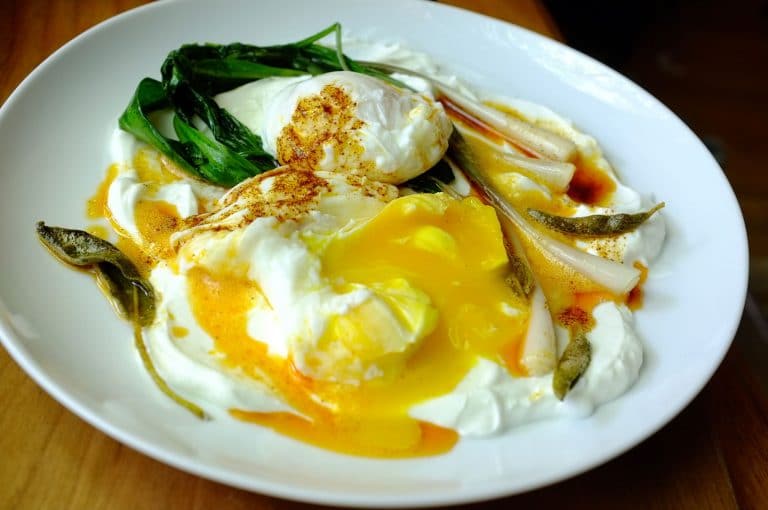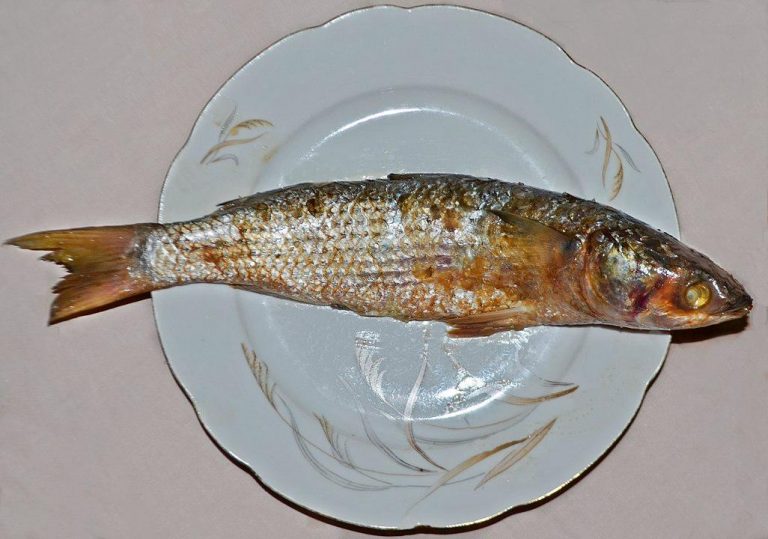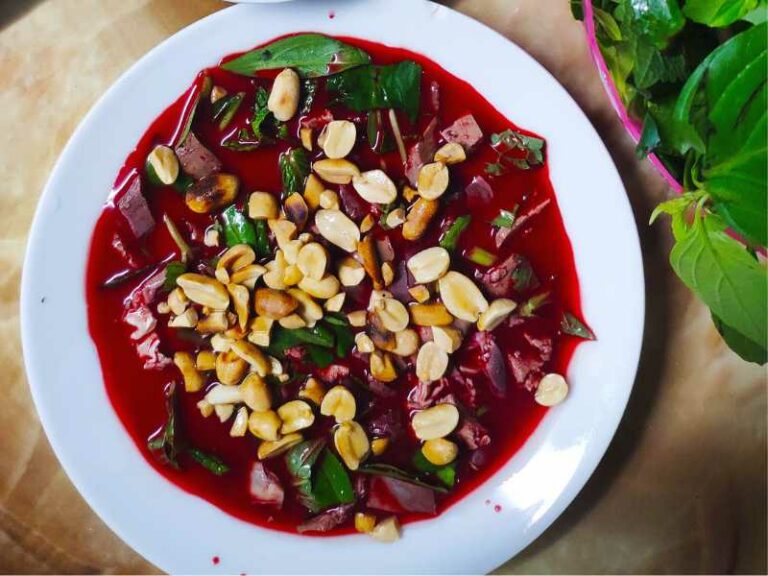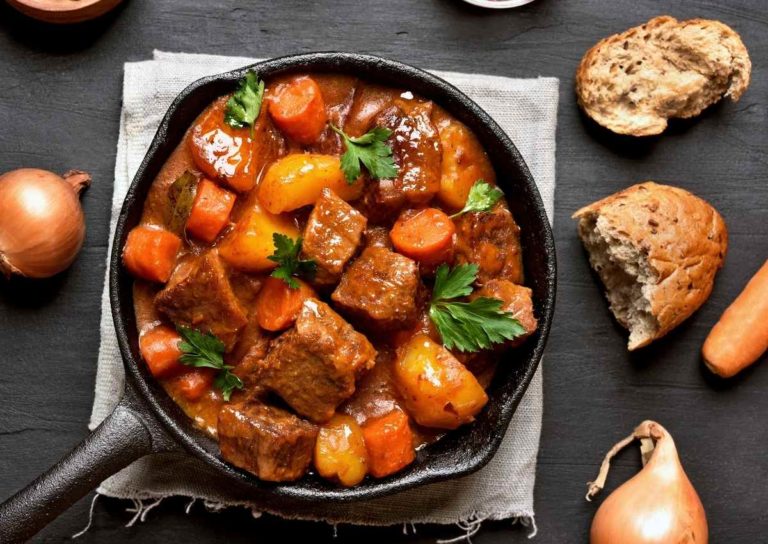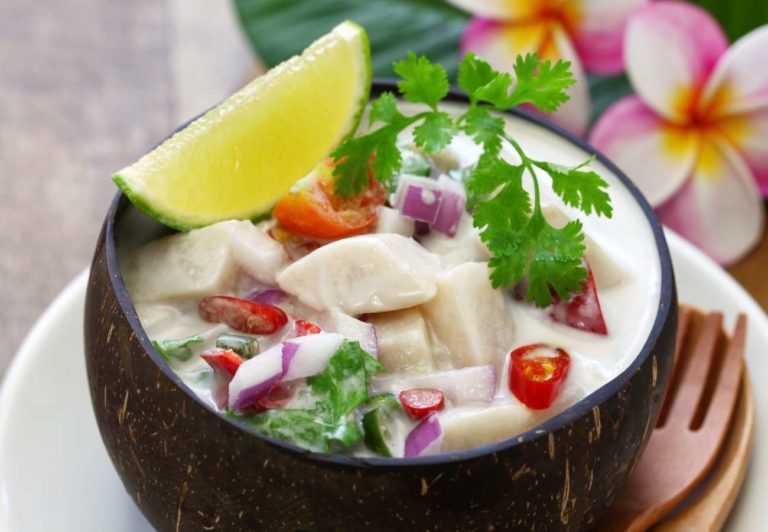Eswatini Food: 8 Traditional Dishes of Eswatini
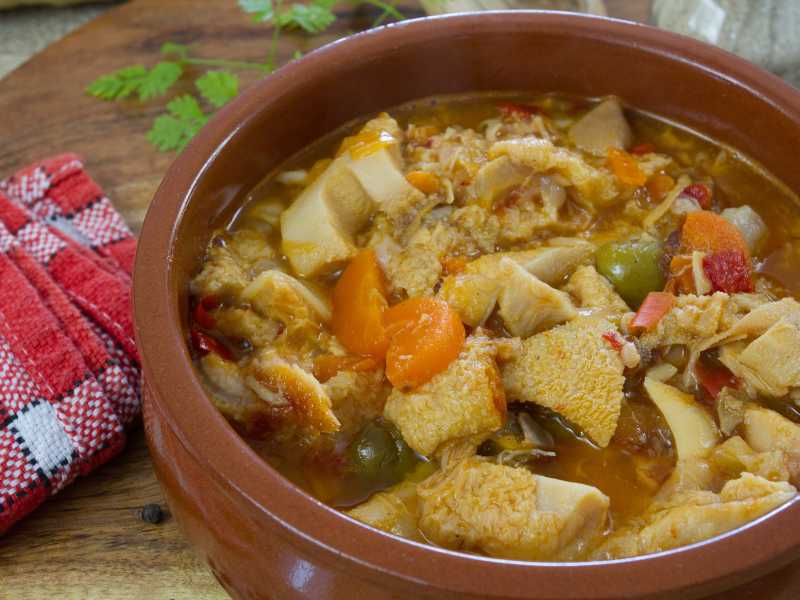
Eswatini is a landlocked country located in southern Africa. It is surrounded by Mozambique and South Africa. The nation is regarded as the last absolute monarchy in Africa and one of the very few still in existence. With this system of government, the monarch has unrestricted power over all written laws, customs, and the legislature.
The population of Eswatini is made up of different ethnicities, including Swazi people, Nguni people, Sotho people, and Tsonga people. The food of the country is mainly controlled by the seasons and the geographical area.
Staples of Eswatini dishes include maize and sorghum, frequently accompanied by goat meat, a widely consumed livestock there. Tobacco, sugar cane, peanuts, corn, rice and the export of cattle and goat meat are the primary agricultural products.
Many locals are subsistence farmers who add foods from marketplaces to their diets as a supplement.
The cuisine of Eswatini includes both locally grown produce and imports from coastal countries. Some neighborhood markets have food stalls selling seasonal roasted corn on the cob, maize meal, sandwiches, and traditional Swazi meat stew.
Kwangekhatsi (Tripe)

Kwangekhatsi is any edible stomach lining from agricultural animals, including sheep, cows, pigs, and goats, with the most popular being beef. Kwangekhatsi refers to insides in the siSwati language. Beef tripe comes in four different kinds, one from each of the four digestive chambers of the cow.
For many hours the various tripes are cooked with the intestines until they are very soft. This dish is marketed as a fantastic hangover cure, ideal after a night on buganu, and is eaten in eSwatini as a starter or main dish, alone or with some form of starch, frequently pap.
Umncushu
Umncushu is a dish that is prepared using samp, which is dehulled corn kernels that have been ground into little pieces. Although any dried bean can be utilized, sugar or jugo beans are the most popular types.
After being cooked until soft, the beans and samp are mushed and combined with crushed peanuts. Umncushu is known to resemble a dish containing a mixture of thick mashed potatoes with chunks of beans and corn. For enhanced flavor, herbs, additional veggies and spices can be used.
The greatest portion, also called skhokho, is the crispy bottom that is stuck to the pot. You may get umncushu either alone or with sides like gravy and stewed meats.
Ligusha (Jute Soup)
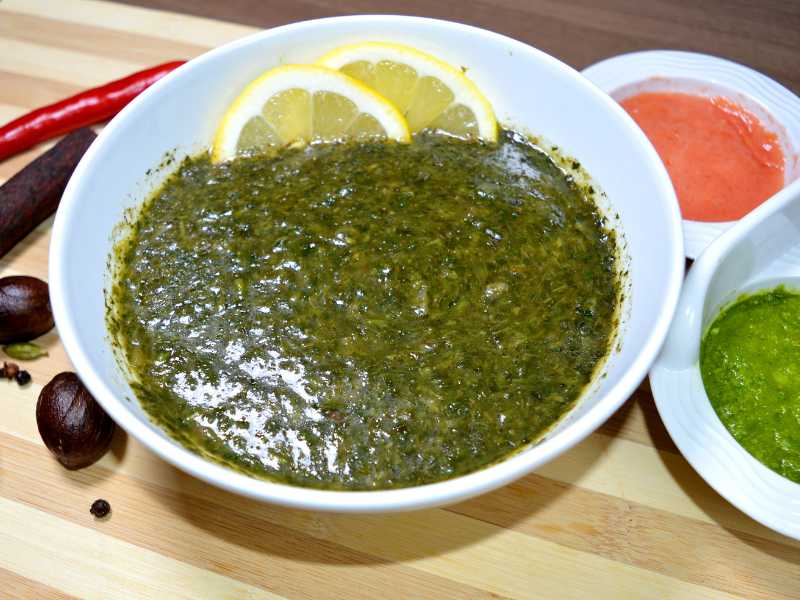
Ligusha is a vegetable that is incredibly high in protein, fiber and vitamin C. The preparation begins by picking and cooking fresh shoots or young leaves on a low heat. Because the leaves are crushed while cooking, it has a thick and slightly slimy consistency that some people find unpleasant. However, this thick and slimy consistency is due to the abundant soluble fiber that makes it so healthy and a favorite among EmaSwatis.
To add extra taste, other veggies can be included, such as tomatoes, onions, melon seeds, and okra. Usually, the meal is eaten with rice or another starchy side dish, like pap.
Buganu
Buganu is a strong alcoholic beverage prepared from the marula fruit’s juice and pulp. Peeled marula fruit is combined with water and allowed to ferment for about three days at room temperature.
Typically, sugar is added to the fermentation process to speed it up. After the liquid has been filtered to get rid of the seeds and contaminants, it is prepared for serving. Given how simple it is to manufacture and the variety of fruits that may be utilized, many gogos (grandmothers) engage in it as a popular village business. The drink is so well-liked that it has its own festival every year.
Lipalishi
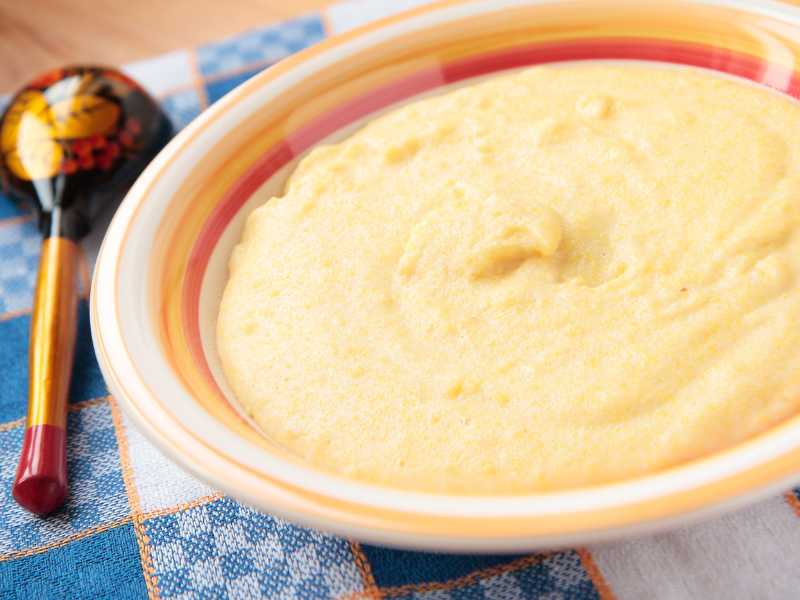
Lipalishi is maize porridge, also known as pap. The preparation of this dish begins by drying the maize, then dehulling and grinding it into a flour, also known as mealie meal. To make lipalishi, the meal is mixed with hot water and cooked for about 10 to 15 minutes.
It is typically served with other foods and flavorings because it is very tasteless on its own. Depending on how or what you plan to serve it with, it can be prepared in a variety of ways, with consistency being the primary variable.
The primary preparation method, firm pap, is quite thick and can be held in the hand. Typically, it is served with sauces, gravies, and stews. The texture of liphutfu is dry and crumbly. The most typical accompaniments for it are sauce, curries, and dairy items like emasi (sour milk) or ordinary milk.
Soft porridge is typically served for breakfast with more sugar and butter. It has a thinner, runnier consistency.
Mealie and water can be combined to make pap, which can then be fermented for two to three days. Then it is cooked as normal, but the flavor is sour.
Chicken Dust
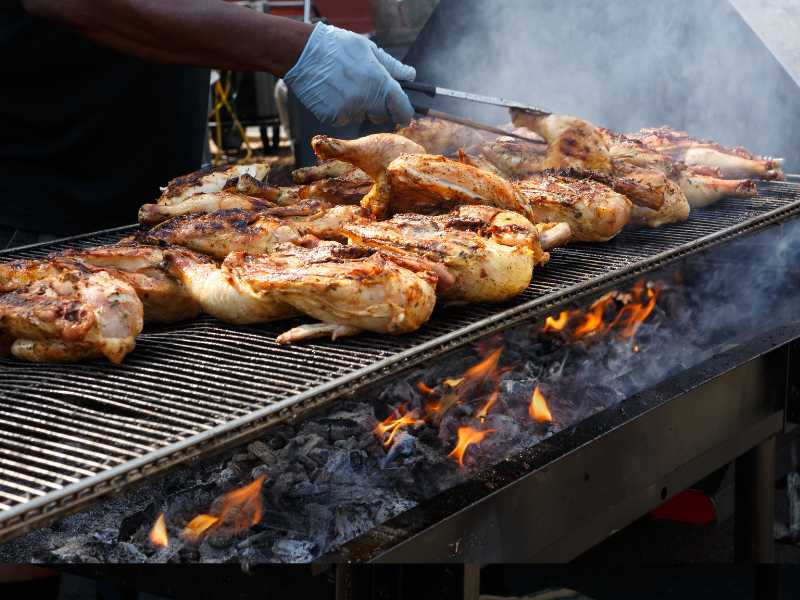
Chicken dust is a basic flame-grilled chicken dish that is usually accompanied by salad and pap. Since it varies from region to region, there is no standard recipe for chicken dust. However, one can easily find someone cooking chicken by the side of the road in practically every eSwatini town.
Chicken dust is not a traditional Swazi cuisine, but it has gained appeal over time due to its affordability, practicality and flavor. Chicken dust has developed into a pleasant, affordable delicacy for the working class because of the hectic city lifestyle and lack of time to make home-cooked meals.
Emasi
Emasi, also known as sour milk, is prepared using raw cow’s milk. The process begins by fermenting and then filtering to get rid of the whey.
Also considered a delicacy in eSwatini, emasi is also used to prepare two well-known recipes: emasi etinkhobe temmbila (sour milk combined with ground mealies) and emasi emabele (sour milk combined with ground sorghum).
Slaai
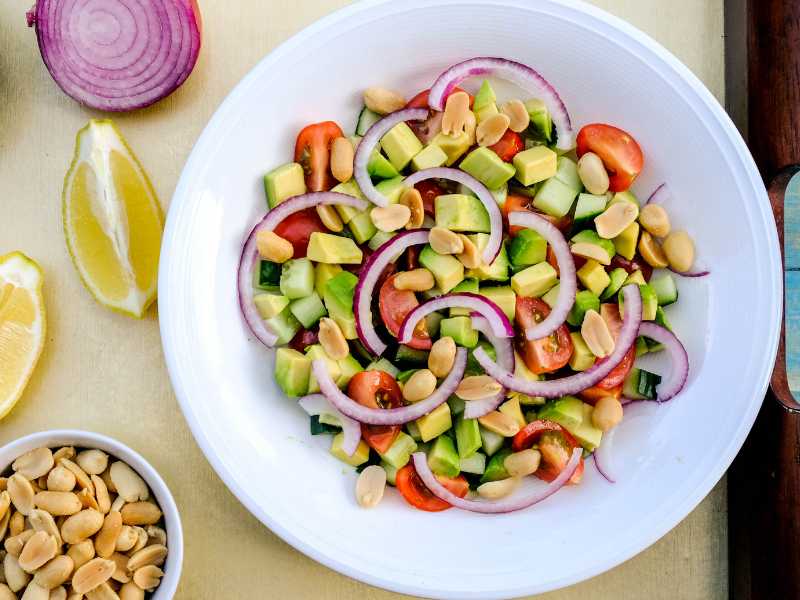
Slaai is a traditional salad which consists of vegetables, avocadoes and peanuts tossed in a ginger and lemon juice dressing. The ingredients are sliced, and the dressing is mixed in or drizzled over. The salad is eaten alone but can sometimes accompany a larger meal.

